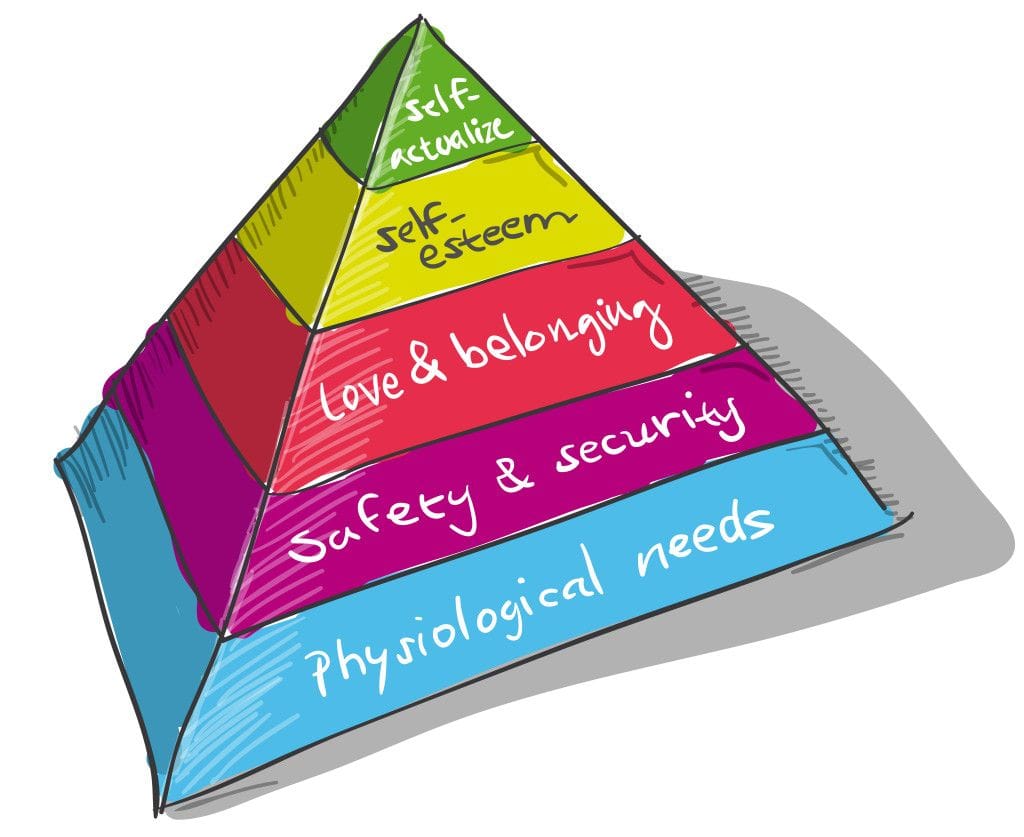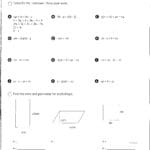Abraham Maslow’s Hierarchy of Needs, introduced in 1943, provides a valuable framework for understanding human motivation and behavior. This framework is particularly relevant in nursing, where understanding patient needs is crucial for providing effective and holistic care. This article explores Maslow’s hierarchy, its application in nursing practice, and its potential impact on patient outcomes.
Understanding the Hierarchy
Maslow’s theory posits that human needs are hierarchical, ranging from basic physiological requirements to higher-level psychological needs. The foundation of the pyramid comprises physiological needs, such as breathing, food, water, shelter, sleep, and homeostasis. These fundamental needs must be met before an individual can focus on higher-level needs.
Progressing upward, the next level encompasses safety and security needs. This includes physical safety, security of employment and resources, a sense of order and predictability, and overall well-being. Once these needs are reasonably satisfied, the focus shifts to love and belonging, which involves social connections, intimacy, affection, and a sense of community.
Further up the hierarchy are esteem needs, which encompass self-respect, confidence, achievement, and recognition from others. Finally, at the peak of the pyramid is self-actualization, representing the drive to fulfill one’s potential, pursue personal growth, and engage in meaningful experiences. Ongoing research suggests this level may also entail seeking peak experiences and contributing to something larger than oneself.
Applying Maslow to Nursing Care
Maslow’s Hierarchy of Needs provides nurses with a roadmap for prioritizing patient care. By understanding the hierarchy, nurses can determine which needs are most urgent and tailor their interventions accordingly. For instance, a patient struggling to breathe requires immediate attention to their physiological needs before addressing their emotional or social needs.
Consider a patient admitted to the emergency room after a car accident. The nurse’s immediate priority is to ensure the patient’s airway is clear and that they are breathing adequately. This addresses the most fundamental physiological need. Simultaneously, controlling bleeding and stabilizing vital signs are also critical physiological interventions. Once these immediate needs are met, the nurse can assess for other injuries and address safety concerns, like ensuring the patient is stabilized and protected from further harm.
As the patient’s condition stabilizes, the nurse can begin to address higher-level needs. This might involve providing emotional support, connecting the patient with family members, and ensuring they have a comfortable and secure environment. Later, as the patient progresses through recovery, the nurse can focus on promoting independence, encouraging participation in rehabilitation, and supporting the patient in setting and achieving personal goals.
Practical Examples of Maslow in Action
| Maslow’s Hierarchy Level | Nurse’s Role (Examples) |
|---|---|
| Physiological Needs | Providing food and water, ensuring adequate oxygenation, managing pain, promoting restful sleep, assisting with hygiene, maintaining a comfortable temperature |
| Safety and Security Needs | Creating a safe environment, preventing falls, administering medications safely, providing clear explanations of procedures, protecting patients from infections |
| Love and Belonging Needs | Facilitating family visits, active listening, offering emotional support, connecting patients with support groups, fostering a sense of community |
| Esteem Needs | Praising efforts, acknowledging strengths, celebrating progress, promoting independence, respecting patient choices, providing positive reinforcement |
| Self-Actualization Needs | Encouraging goal setting, supporting personal growth, providing resources for continued learning and development, facilitating spiritual exploration |
Beyond the Pyramid: Nuances and Considerations
While Maslow’s hierarchy offers a valuable framework, it’s crucial to remember that it’s not a rigid, one-size-fits-all model. Human needs are complex and intertwined, and patients may prioritize needs differently based on individual circumstances and cultural factors. For example, a patient facing a terminal illness might prioritize emotional and spiritual needs over physical comfort. Nurses must be sensitive to these individual variations and adapt their care accordingly. Some experts believe the hierarchy is more fluid than originally proposed, with the importance of needs shifting depending on individual and cultural contexts. There is ongoing research exploring the complexities of human motivation and how best to meet patient needs in a truly holistic way.
Furthermore, nursing care often involves addressing multiple needs simultaneously. For instance, while attending to a patient’s physiological needs after surgery, a nurse can also offer emotional support and reassurance, addressing their need for love and belonging. It’s this nuanced approach, combining clinical knowledge with empathy and individualized care, that truly exemplifies the art of nursing.
This understanding of human motivation can also be applied to understanding the modified plantigrade posture and gait of certain animals. Just like humans, animals have basic needs that drive their behavior and physical adaptations.
By incorporating Maslow’s Hierarchy of Needs into their practice, nurses can gain a deeper understanding of their patients’ motivations and behaviors, leading to more effective and compassionate care. It reminds us that nursing is about more than just treating illnesses; it’s about caring for the whole person – body, mind, and spirit.
- Discover Famous Chinese People: A Deep Dive into History’s Impact - April 19, 2025
- The War I Finally Won: Ada’s WWII Journey of Healing - April 19, 2025
- How the Telephone Revolutionized Business: A Historical Perspective - April 19, 2025
















